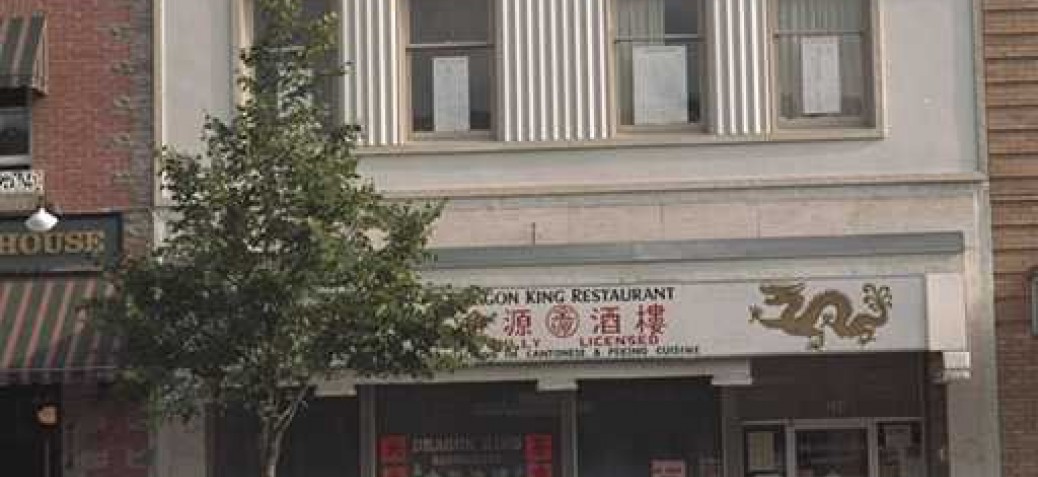OK Loan & Investment
Place Description
The historic place is the two-storey Okanagan Loan and Investment commercial building constructed around 1909 and located at 280 Bernard Avenue, in Kelowna's Downtown area.
Heritage Value
The heritage value of the building is derived from its long-standing association with financial services enterprises in Kelowna, and the role of those services in supporting the agricultural industry from its early years of growth in the community; and for being representative of early commercial building and having been constructed by noted builder M.J. Curts.
This building possesses historical value for having been a focus of the development, sale, and financing of the fruit-growing industry in the Kelowna area. It was built for the Okanagan Loan and Investment Trust Company, founded in 1909. The Company's principal promoter was T.W. Stirling, who came to Kelowna from Scotland in 1894 and planted an orchard at Bankhead, and who was involved in many business developments in early Kelowna, especially in real estate and fruit-packing. The company's original purpose was to make loans to fruit growers, but it later expanded to a wider range of investments.
In the 1910s the building also housed the offices of other significant Stirling-connected businesses, including the Belgo-Canadian Fruit Lands Company and the Kelowna Land and Orchard Company (both associated with developing particular areas, the Belgo and East Kelowna respectively). The Okanagan Loan and Investment Trust Company (in later years Okanagan Investments) occupied the building until the 1960s, when Investors' Syndicate took it over. As financial institutions have shifted further east in downtown Kelowna since the 1980s, the building has represented the increasing dominance of food-related businesses, currently occupied by the Dragon King Restaurant.
The building also has value for having been the work of contractor M.J. Curts, who built many Bernard Avenue premises. It was evidently altered towards mid-century, as it now exhibits unusual Art Deco ornament on the upper floor. The original brick survives beneath the stucco finish.
Character Defining Elements
- Though altered, the building remains part of historic commercial streetscape in the 200-block of Bernard Avenue
- Entrance doors recessed and structural beams allow for large commercial glazing
- Double-hung, well proportioned second-floor windows
- Paired second-floor floor windows united by continuous framing
- Fluted Art Deco ornament between the windows, evidently a later alteration
- Vestigial cornice between floors




